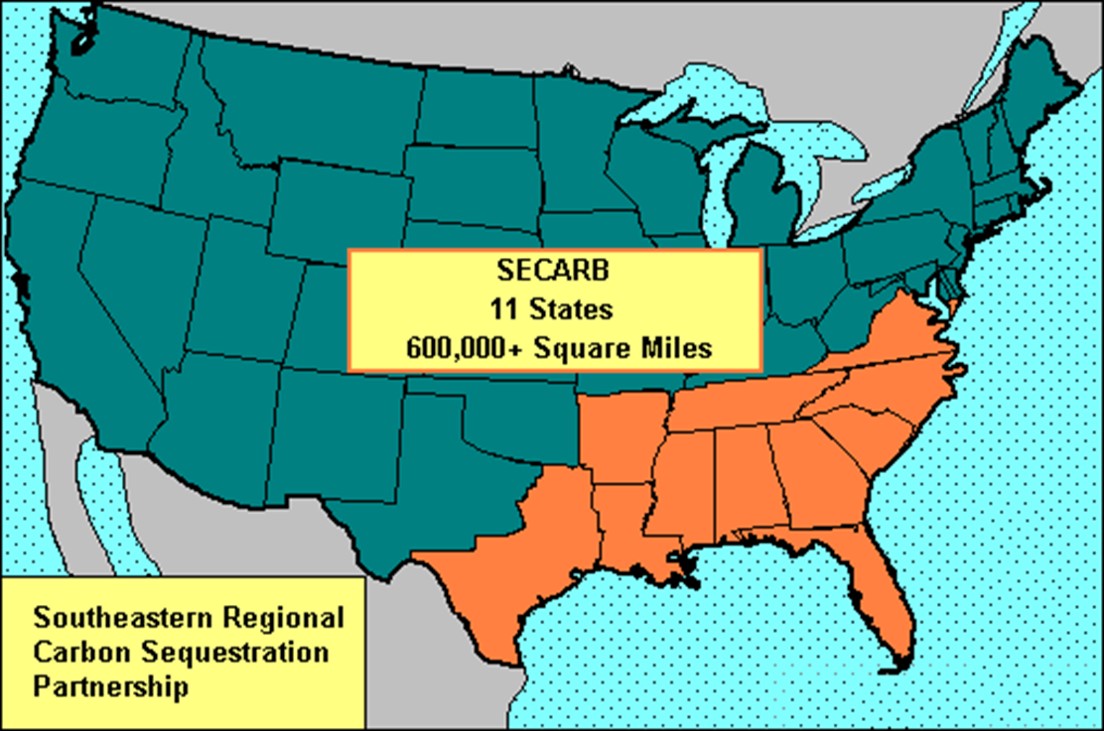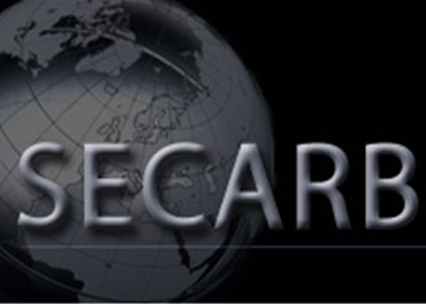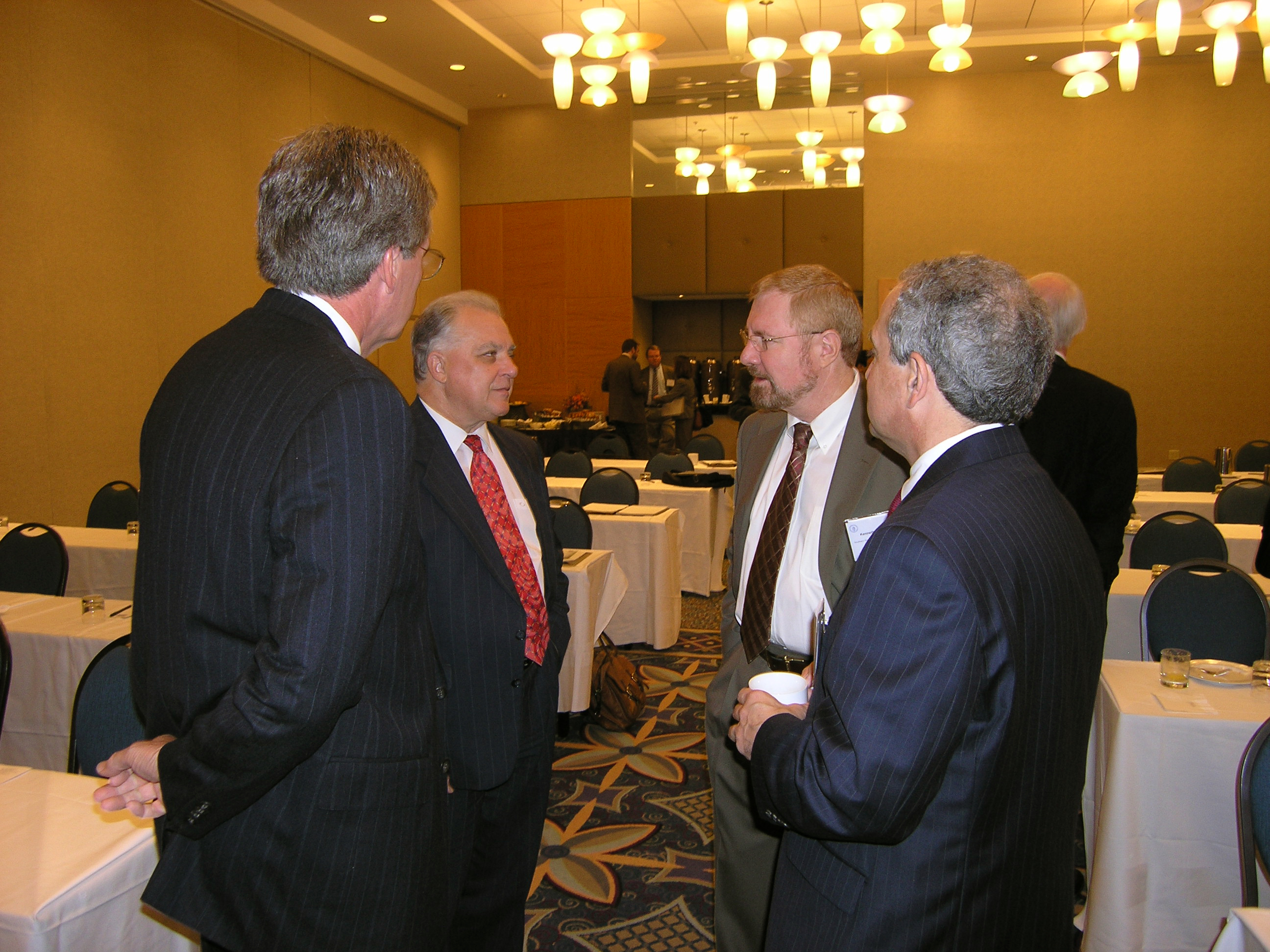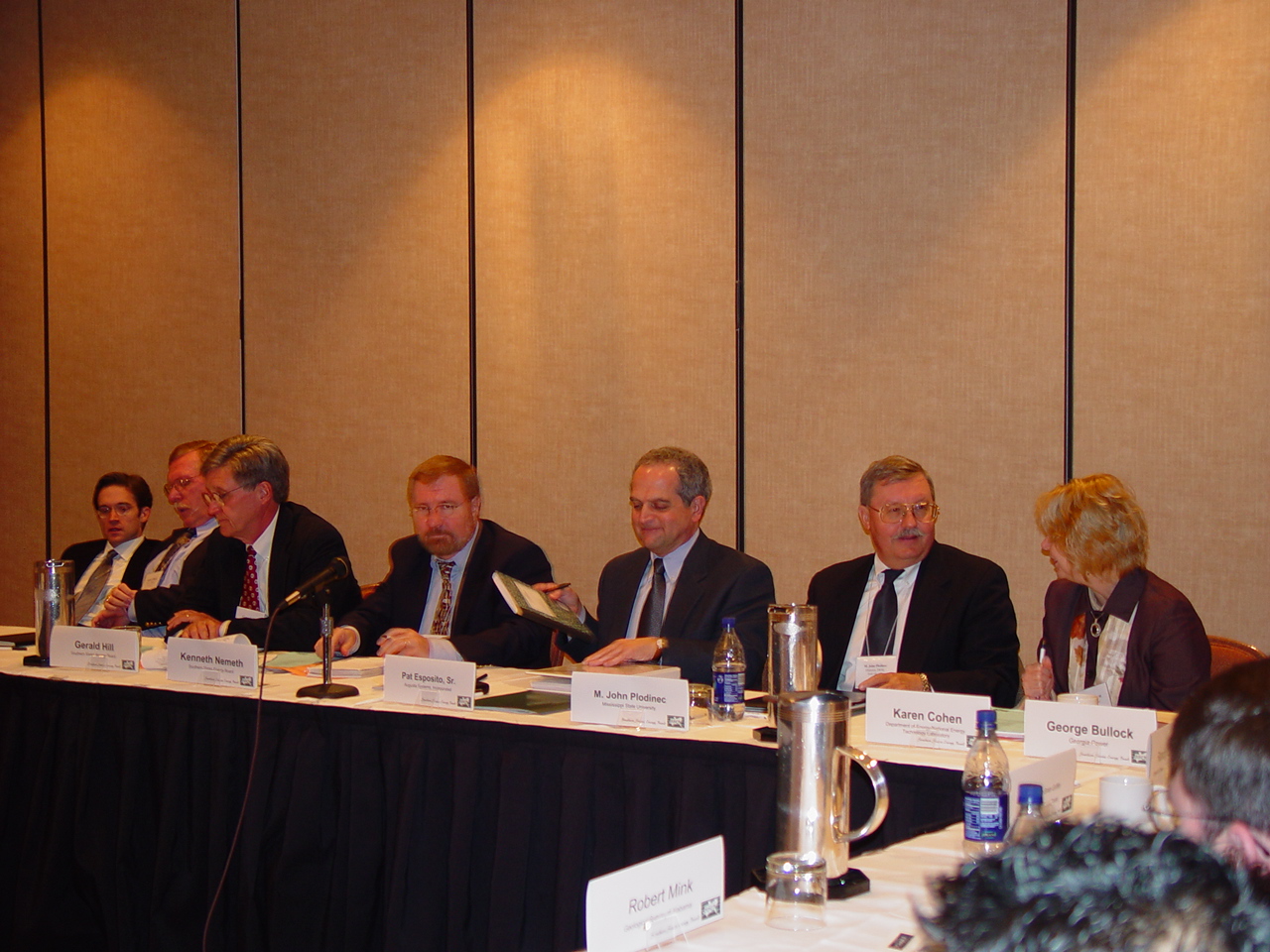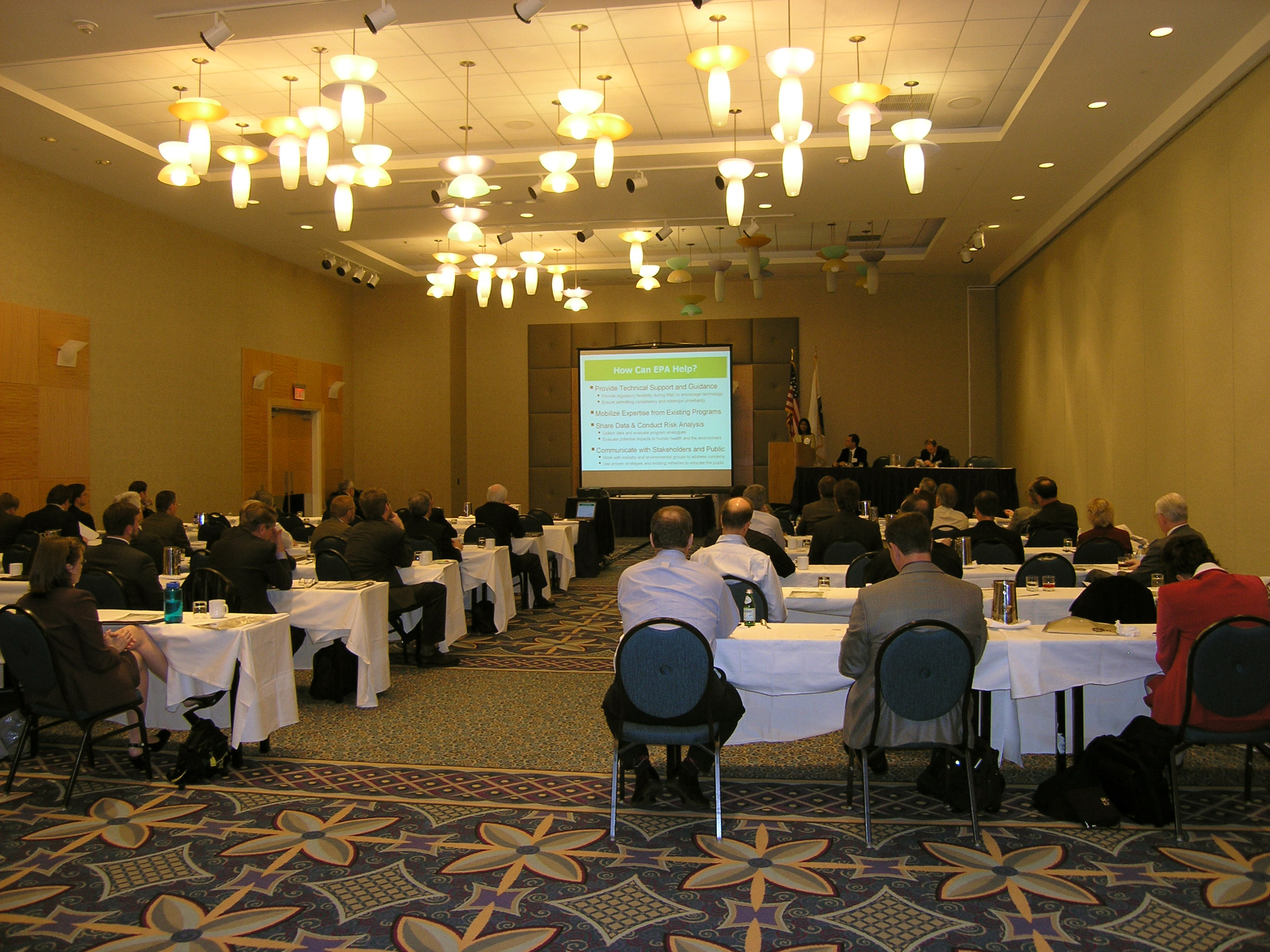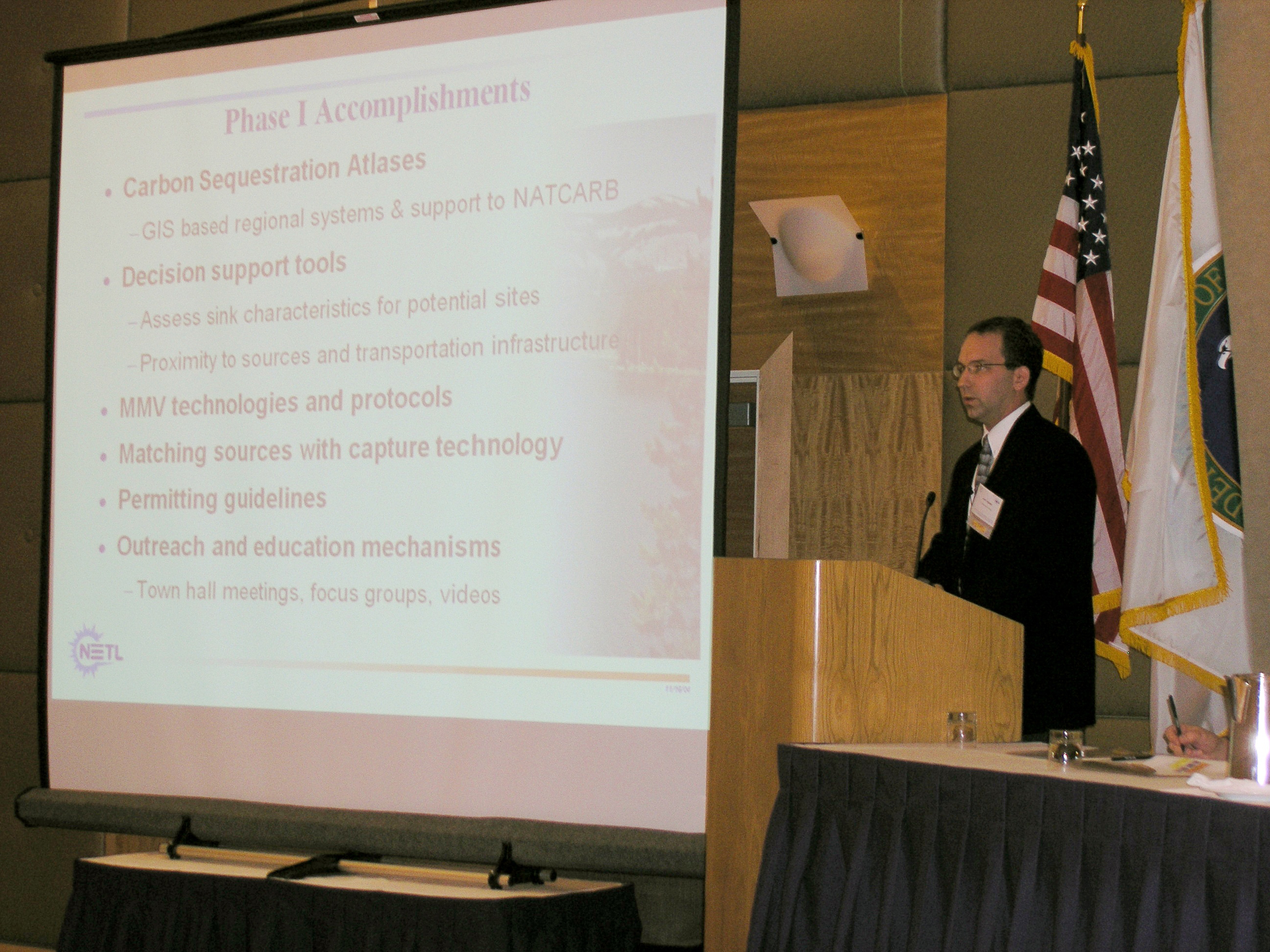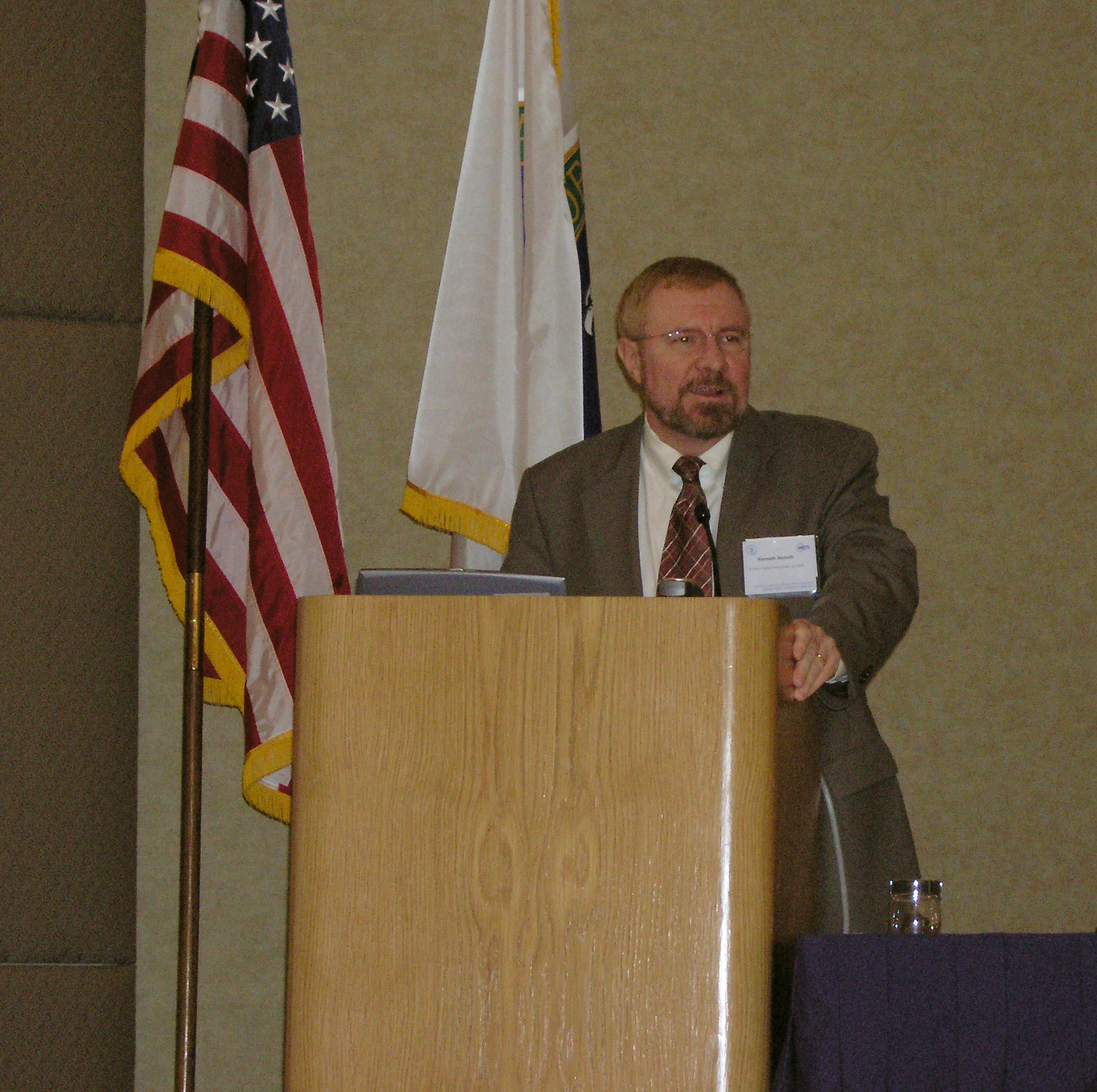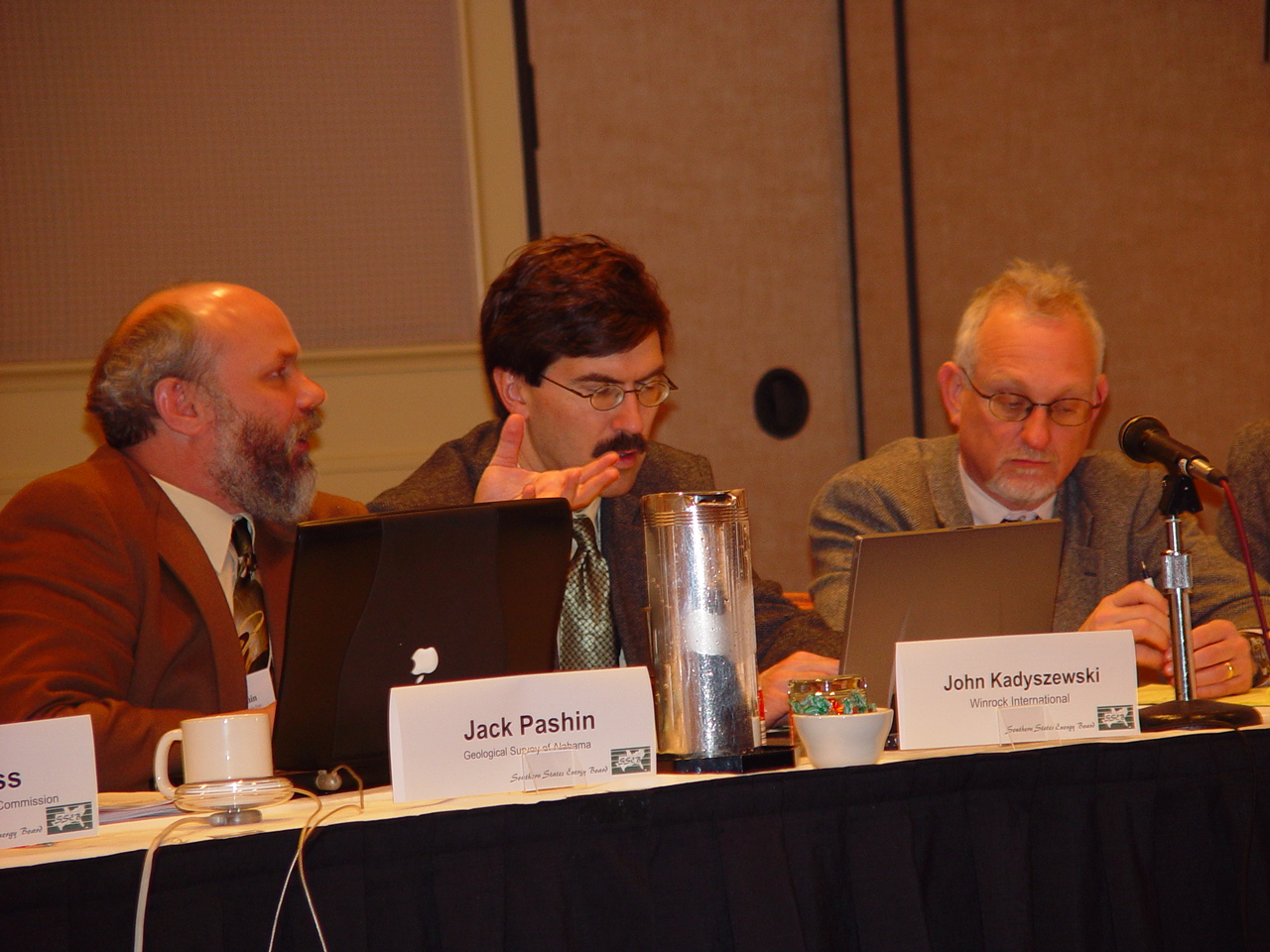Carbon Storage Atlas
Phase I Overview
On November 21, 2002, Energy Secretary Spencer Abraham announced a new phase of the U.S. Department of Energy (DOE) research program solely devoted to the development and deployment of viable carbon storage technologies. Less than one month later, DOE issued Phase I of a solicitation aimed at creating a nationwide network of Regional Carbon Sequestration Partnerships (RCSPs). Given the Southern States Energy Board’s (SSEB) existing carbon management initiative, SSEB immediately began facilitating discussions with state and federal agencies, policy makers, industry representatives, research entities, and other non-governmental organizations to determine a regional response to the solicitation.
On August 16, 2003, DOE announced the awardees of the Phase I solicitation. The result was a network of 7 RCSPs, including SSEB’s Southeast Regional Carbon Sequestration Partnership (SECARB), a collaboration covering 11 U.S. states under a DOE initiative to develop regional approaches to carbon storage.
Story of Interest
From Richard Esposito, project manager, Southern Company:
“When we first started the project, we looked into our stakeholder acceptance—how they felt about the project, what they appreciated about the project or concerns they shared—and we realized we weren’t doing as much as we could. We had to go out into the community and share the incredible lessons that we learned as part of our research in Phase I of SECARB. We were the experts and our job was to openly share what we had learned and what we knew. Early on, we knew that this technology was not only feasible, but ideal for the Southeast region: we had favorable geology and a wealth of information about it from our history of oil and gas exploration. We set out to find the best way to get this across to our key stakeholders: influential decision-makers, industry workers, and community members. We had industry representatives at the table with geologists, engineers, and others that were involved from the beginning. The biggest stakeholder strategy we had in our hands was to educate our existing employees and the people working directly at the power plants where carbon capture was to be deployed. Those individuals live and work near the project and they decide what’s good for their community as a whole. So, I’d say the biggest takeaway from Phase I of SECARB was that each step of the way, you should educate internal stakeholders to make sure your own people understand the benefits of carbon capture and storage. If you don’t spend time educating them, your project isn’t going to be as successful as it could be.”
Lessons Learned
During Phase I, the Southeast Regional Carbon Sequestration Partnership (SECARB) identified many possible terrestrial lands and geologic formations that could be used to store carbon dioxide (CO2). The challenge was not one of lacking prospects for terrestrial or geologic storage, but instead to determine which locations and techniques were optimal. To properly prioritize the sinks, it was necessary to build upon the characterization of the region with respect to where the sinks were generally located, and then to focus on areas that appeared to have the best overall potential considering both sources and sinks, as well as the quantity and quality of available information. Further, SECARB assessed and validated the most promising emerging technology developments and identified those minor modifications required to fit the technology to the regional application.
During the two-year Phase I project period, SECARB successfully evaluated options and potential opportunities for regional carbon storage, promoted the development of a framework and infrastructure necessary for the validation and deployment of carbon storage technologies, and produced implementation plans for pilot-scale projects to test and validate approaches and technologies. In addition, SECARB engaged stakeholders from diverse constituencies in the planning and implementation of activities to ensure that all interests were well represented in the collaboration.
Phase I regional assessment work identified the most promising opportunities for capture, transport, and storage of CO2 in the SECARB region. Lessons learned, experience, and information gathered during Phase I were utilized for Phase II work, which began to validate, through field testing, storage technologies and corresponding infrastructure approaches related to regulatory, permitting, and outreach. Phase I work also developed multi-partner collaborations which continued in Phase II.
Geologic Details
The Southeast Regional Carbon Sequestration Partnership (SECARB) took a macro-level, dimensional, geographic identification approach to identify areas and geologic formations with storage potential. Three primary data sets were developed from public data, each focused on one of the main types of geologic sinks for storage – namely saline formations, coal seams and oil and gas reservoirs.
In the northeastern area of the region (Virginia, North Carolina, and Tennessee), the primary targets for storage were identified as unmineable coal seams and brine formations.
In the southeastern area of the region (South Carolina, Georgia, and Florida), there were minimal identified opportunities for storage. The primary targets were determined to be brine formations. The South Florida basin contains a thick column of sediments with porous and permeable zones separated by impermeable anhydrites.
In the central and western parts of the region (Alabama, Mississippi, Louisiana, Texas, and Arkansas), storage target options identified included coal, oil, gas, and brine formations. The main targets were oil reservoirs, which are particularly responsive to the injection of carbon dioxide (CO2) to enhance oil recovery (EOR), with brine formations. The exception to this rule may be in the northern parts of Alabama and Mississippi, where the Black Warrior Basin affords the opportunity for enhanced coalbed methane production from unmineable coals.
Links to EDX
- Final Report for Phase I of the Southeast Regional Carbon Sequestration Partnership
https://edx.netl.doe.gov/dataset/secarb-phase-i-final-report - Volume I of the Final Deliverables for Phase I of the Southeast Regional Carbon Sequestration Partnership
https://edx.netl.doe.gov/dataset/southeast-regional-carbon-sequestration-partnership-secarb-volume-i - Volume II of the Final Deliverables for Phase I of the Southeast Regional Carbon Sequestration Partnership
https://edx.netl.doe.gov/dataset/southeast-regional-carbon-sequestration-partnership-secarb-volume-ii
Partners
Technical Team (in alphabetical order)
- Lead: Southern States Energy Board (SSEB)
- Advanced Resources International (ARI)
- Applied Geo Technologies (AGT)
- Augusta Systems, Inc.
- Electric Power Research Institute (EPRI)
- Geological Survey of Alabama (GSA)
- Gulf Coast & Carbon Center, University of Texas at Austin
- Massachusetts Institute of Technology (MIT)
- Mississippi State University (MSU) Diagnostic
- Instrumentation and Analysis Laboratory (DIAL)
- The Phillips Group
- RMS Strategies
- Susan Rice and Associates, Incorporated
- Tennessee Valley Authority (TVA)
- Virginia Center for Coal and Energy Research
- Virginia Polytechnic Institute and State University (Virginia Tech)
- Winrock International
Technology Coalition (in alphabetical order)
- AGL Resources
- American Electric Power
- Arkansas Oil and Gas Commission
- BP America
- Center for Energy and Economic Development
- CO2 Capture Project
- ChevronTexaco Corporation
- Clean Energy Systems, Inc.
- Composite Energy Technologies
- Dominion
- Duke Power
- Edison Electric Institute
- Entergy Services
- Florida Power & Light Company
- Geological Survey of Alabama
- Georgia Environmental Facilities Authority
- Georgia Forestry Commission
- Interstate Oil and Gas Compact Commission
- Louisiana Department of Environmental Quality
- Marshall Miller & Associates
- North American Coal Corporation, The
- North Carolina State Energy Office
- Nuclear Energy Institute
- Oak Ridge National Laboratory
- Old Dominion Electric Cooperative
- Progress Energy
- SCANA Corporation
- South Carolina Electric and Gas Company
- South Carolina Public Service Authority/Santee Cooper
- Southern Company
- Tampa Electric Company




